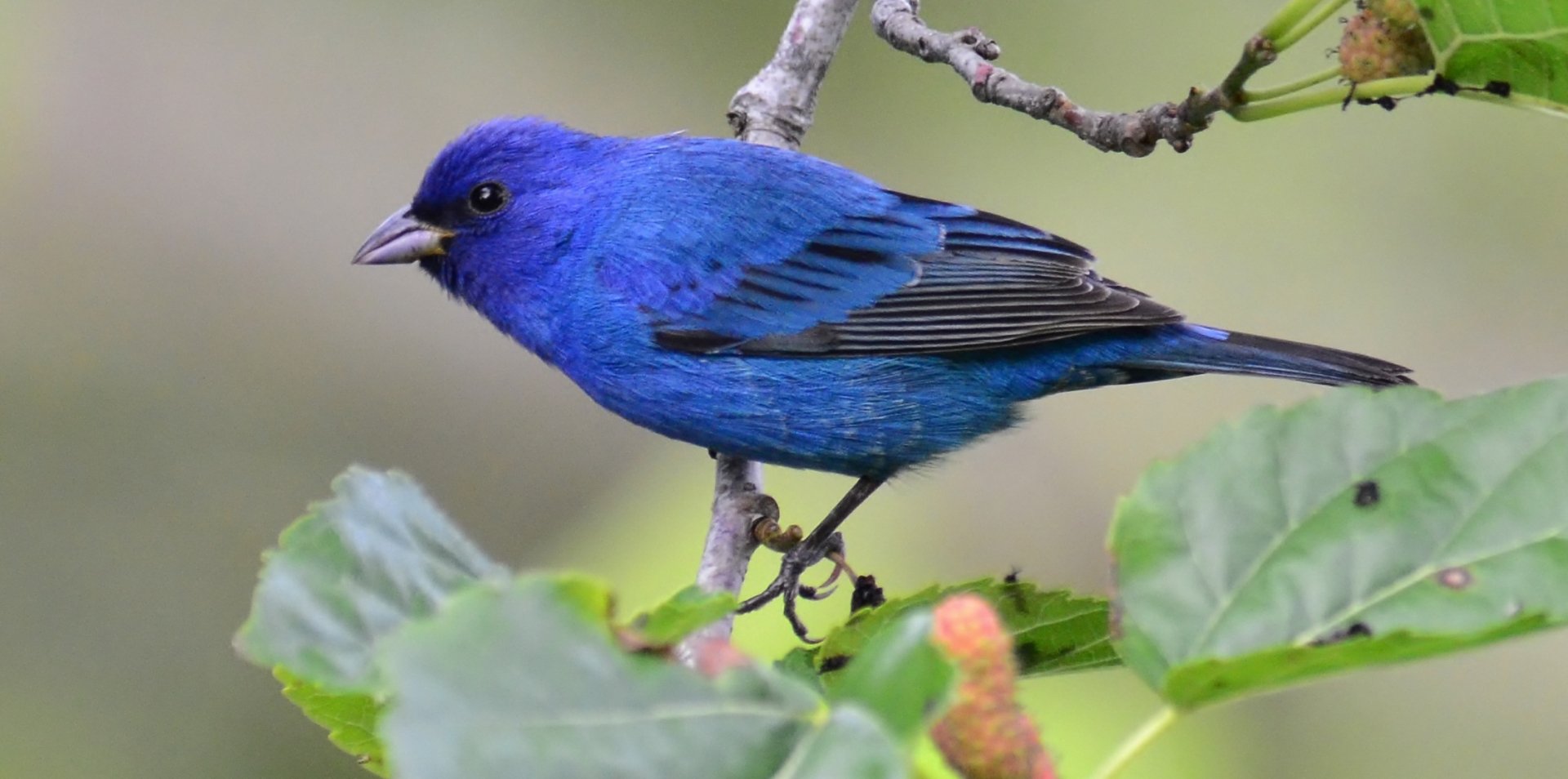
To attract Indigo Buntings to your home bird feeder, consider using the popular Lyric Fine Tunes No Waste Mix or the versatile Lyric Supreme Wild Bird Mix. Populations are likely higher today than they were in the pre-colonial period as modernization has eliminated unbroken forests (a difficult environment for Indigo Buntings) and created more brushy areas (where they thrive).Their breeding territory has expanded significantly in the last 80+ years to now include more of the American southwest.Instead, like other blue birds, they have microscopic structures within their feathers that reflect and refract blue light. Indigo Buntings don’t actually have blue pigment in their feathers.

Their nighttime activities are the main reason why they have been the subject of significant studies into bird migratory behavior.
They often migrate at night and can navigate using the stars for guidance. Indigo Buntings learn their songs from neighboring males (but not their fathers), creating distinct “song neighborhoods.” These are small areas where nearly identical versions of the same tune can be heard for years until they gradually change over time. Five more fun facts about Indigo Buntings If you feel like going the extra mile, they are also attracted to live mealworms as well. In backyard settings, Indigo Buntings generally prefer feeders with small seeds like nyjer or small bits of sunflower kernels. A male Indigo Bunting is perched on a branch. They will also eat some berries and are foragers who will feed either on the ground or directly from trees and bushes. Indigo Bunting perched on branch with thorns in Midewin National Tallgrass Prairie Wilmington Illinois 808013 Passerina cyanea Indigo Bunting - Passerina cyanea. In the wild, the Indigo Bunting’s diet typically consists of a variety of seeds and insects, particularly spiders during the breeding season. Their nests are normally built no more than three feet above the ground. They also prefer weedy fields and other areas with thick shrubs and bushes. Indigo Buntings spend most of their time in thick, dense patches of brush, particularly along the edges of forests or agricultural land. In winter, Indigo Buntings head to warmer areas and can be found in Florida as well as southern Mexico and the rest of Central America, and the Caribbean. The Indigo Bunting’s primary habitat in the summer months essentially covers the eastern half of the U.S., extending from the Atlantic Ocean to parts of eastern Kansas and Nebraska, and from southern Canada down to the gulf coast. The females are harder to spot as they provide the bulk of care for their young and spend most of their time in thick patches of brush. 
The males are voracious singers and can be heard calling from fence lines, bushes, and telephone lines, sometimes for hours on end. Females are more muted, with feathers that are mostly brown or tan, but they can have some streaking on their chest and may have a hint of blue on their wings or tail. They have an almost silver beak as well as some black on their wings. Male Indigo Buntings have a bright blue body with a slightly darker blue on their head. They are also one of the most striking with brilliant blue feathers that have earned them the nickname, “blue canaries.” To help you get to know these birds better, here are some fun facts about Indigo Buntings. Indigo Buntings are among the most common songbirds in the eastern United States.






 0 kommentar(er)
0 kommentar(er)
